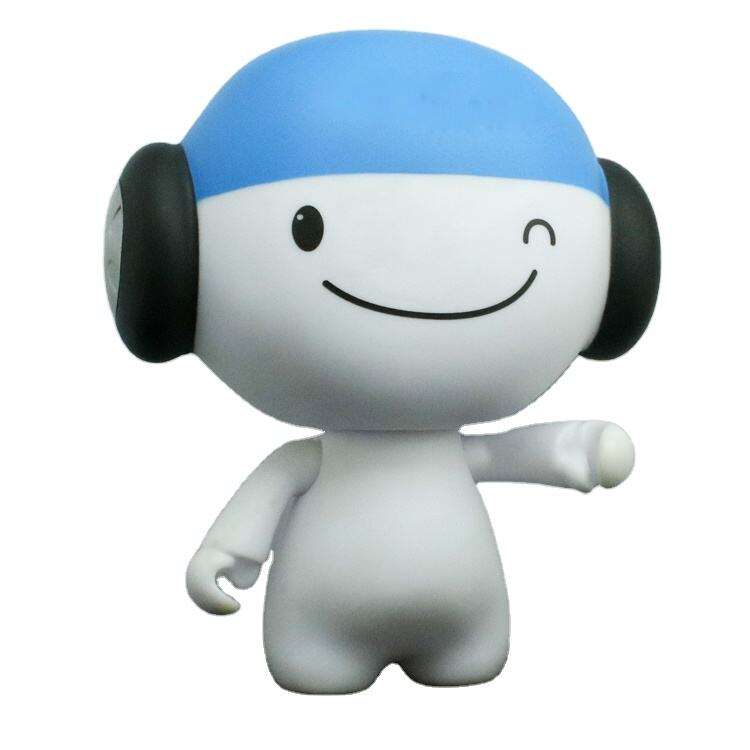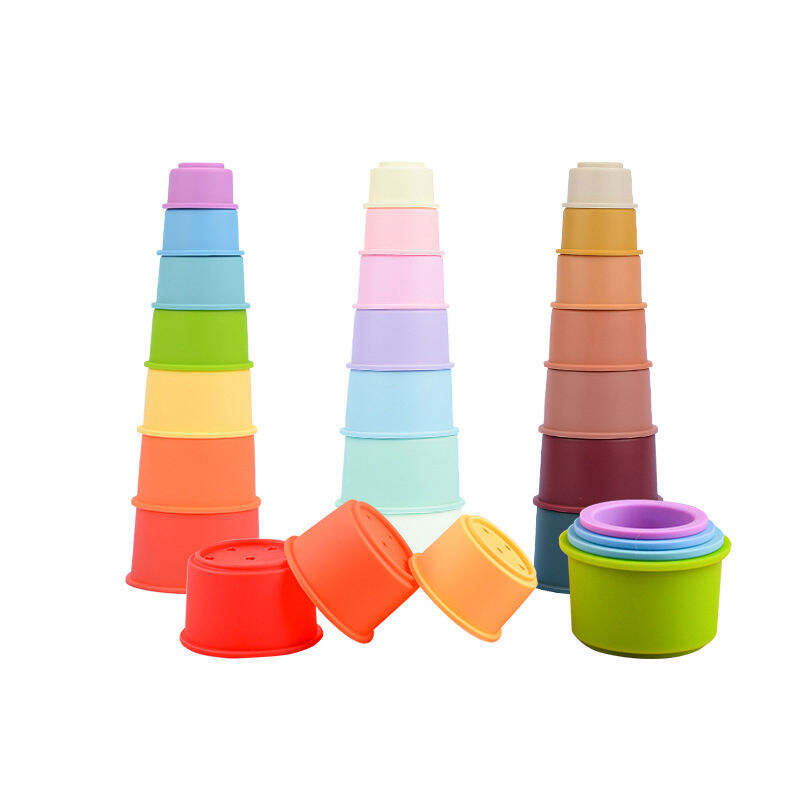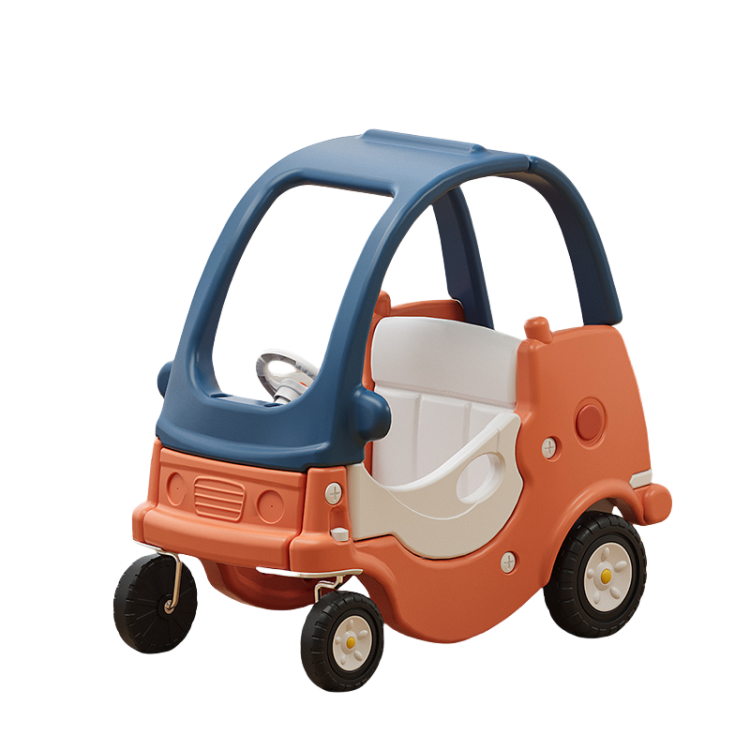Durability Testing for Plastic Toys: Impact Resistance and Longevity
2025
Understanding Impact Resistance in Plastic Toys
Key Metrics for Measuring Impact Resistance
Toys need to stand up against impacts because otherwise kids end up with broken toys all over the floor. Impact resistance basically means whether a toy can handle being dropped, bumped, or thrown around without cracking or shattering. Safety is obviously a big concern here too since broken toys can hurt little fingers and hands. Plus there's the money aspect when companies have to recall products that break easily. When we talk about testing impact resistance, three main things get measured: how high a toy can be dropped before breaking, the actual force needed to crack it during tests, and how well it absorbs shock before finally giving way. Plastic toy manufacturers follow specific ASTM guidelines like D256 and D790 to check these factors. These standards matter quite a bit really because they create consistent ways to test durability across different products and brands.
Common Failure Points in Toy Design
Designing toys presents real problems at those weak spots we all know about joints, hinges, and where parts connect. These areas tend to break down when kids really start playing hard with them. Keeping these parts strong matters a lot because it affects how long the toy lasts and whether it stays safe for children. We've seen plenty of situations where bad design in these spots leads to product recalls, something no company wants on their record. When designers take extra care to build sturdy connections and test them thoroughly before production, they cut down on breakdowns and make toys last longer. For manufacturers looking to stay competitive, creating durable products that survive rough handling isn't just good engineering it's practically table stakes in today's market where parents expect their purchases to stand up to normal kid wear and tear.
Material Selection for Shock Absorption
Picking the right material for toys really matters when it comes to how well they absorb shocks and resist impacts. Most toy makers go with either ABS plastic or polycarbonate because these materials handle bumps pretty well. ABS stands out since it doesn't break easily and costs less money, which makes it great for making tough toys that last. Tests have shown that ABS can take quite a beating before breaking down, which definitely helps keep kids safe during playtime. We're seeing some new stuff coming into the market too, like TPE materials that stretch and bounce back after getting hit. These newer options work especially well for soft baby toys where extra cushioning is needed. For companies looking to stay ahead in this space, keeping tabs on what's happening in material research makes all the difference in creating safer, longer lasting products for children.
Standardized Durability Testing Methods
Drop Testing Protocols
Drop testing protocols have become essential for checking how durable toys really are when put through their paces in real life situations. Basically, these tests recreate all sorts of rough handling like accidental drops and bumps that happen naturally while kids play around. Most standard procedures involve letting toys fall from certain heights that match what would actually happen if a kid dropped something off a table or just let go while running around. Take for instance when a toy hits the floor after falling from kitchen counter level versus straight out of little hands mid-game. The main things looked at here are how often toys break completely versus just getting damaged somehow. All this data gives manufacturers valuable insight into making better products that last longer and stay safe according to regulatory requirements.
Accelerated Wear Simulation
Testing how fast toys break down through accelerated wear simulations helps predict how long they'll last. Manufacturers run these tests to spot weak spots and parts that tend to wear out quickly, so they can fix problems before products hit store shelves. The industry uses all sorts of techniques for this kind of testing, from automated devices that replicate hand movements to machines that apply constant pressure similar to what happens during normal play. Abrasion tests scratch surfaces while mechanical action simulates repeated opening and closing motions. These real world stress tests give companies valuable data when deciding which materials work best and where design changes might improve overall product lifespan.
Climate Stress Evaluations
When testing how plastic toys hold up against weather extremes, companies look at things like heat, cold, and moisture levels. Basically, they put toys through their paces by subjecting them to all sorts of harsh conditions in lab settings. Think freezing temperatures one day and scorching heat the next, plus plenty of dampness thrown in for good measure. Industry reports show that plastics tend to break down faster under these stresses, which is why toy makers spend so much time picking out materials that can stand up to whatever Mother Nature throws at them. After all, nobody wants a child's favorite toy falling apart after just a few weeks in a humid summer home or during a winter vacation in chilly climates.
Factors Influencing Longevity of Plastic Toys
UV Exposure and Material Degradation
Sunlight takes a real toll on plastic toys over time, making them crack and break more easily. When left out in the sun for too long, these toys start losing their bounce and get all stiff and weak. Research shows certain plastics like ABS and HDPE don't hold up well against constant UV exposure either. The breakdown happens faster than most people realize. Fortunately, there's something manufacturers can do about it. By adding special UV inhibitors right when they make the plastic, companies can create toys that last years instead of months without looking worn out or feeling fragile to touch.
Chemical Resistance to Cleaning Agents
How well materials resist chemicals really matters when it comes to how long toys last. Kids play with stuff all day and parents clean them regularly, which takes a toll on the materials used in making toys. Most cleaning solutions, particularly the strong ones found in stores, will break down plastics over time if the material isn't tough enough against them. This leads to annoying cracks forming and colors fading away. Materials such as ABS stand up pretty well against these cleaners, so toys made from them generally stick around longer before needing replacement. For parents wanting their kids' toys to stay safe and functional, going with gentle, environmentally friendly cleaners makes sense. These kinds of products don't attack plastic surfaces as much, keeping everything looking good while still protecting against bacteria without shortening the toy's useful life.
Repeated Stress Fracture Analysis
Plastic toys tend to crack when subjected to too much bending and twisting over time, which naturally affects how long they last. Most parents have seen this happen where kids constantly play rough with certain toys until tiny cracks start forming. Materials like ABS plastic and polycarbonate handle repeated stress differently. Some hold up better than others depending on what kind of punishment they get day after day. Research shows why some toy designs fail faster than others it all comes down to whether the plastic can take the beating without breaking. That's why manufacturers should really think about using stronger materials for baby toys or anything else that gets handled constantly by little hands.
Safety Compliance & International Standards
ASTM F963 Toy Safety Requirements
ASTM F963 serves as a key safety benchmark for toys, designed primarily to keep kids safe from potential dangers. The standard covers all sorts of requirements, especially around things that might cause choking problems. Think about tiny pieces that little fingers can grab and swallow, or sharp corners that could cut delicate skin during playtime. First rolled out back in 1986, this standard gets regular makeovers to stay current with new materials and manufacturing techniques. Manufacturers who follow these rules have seen fewer accidents involving their products over time. Looking at numbers from before and after adoption, we see a clear drop in both toy recalls and childhood injuries linked to unsafe playthings. This isn't just theoretical stuff either – parents notice it when they browse stores without constantly worrying about hidden dangers in seemingly innocent plastic figures or building blocks.
EN71 Certification Processes
EN71 certification matters a lot for any toy sold across European markets because it makes sure these products pass basic safety checks. The whole process actually includes several different components that look at things like how toys hold up mechanically, their physical properties, whether they catch fire easily, and what chemicals might be present. For companies wanting to get their products approved, this means going through pretty intense tests most of the time with outside labs doing the actual work. Getting certified isn't just about following laws though. Parents tend to feel much better knowing their kids' toys have gone through proper safety evaluations, which builds that extra layer of confidence when making purchases.
Phthalate and BPA Restrictions
Phthalates and Bisphenol A, or BPA for short, are commonly added to plastics to make them more flexible, though they come with serious health concerns, especially for kids. Many places around the world have started limiting these chemicals. The EU banned them in children's toys back in 2009, while the US followed suit with similar restrictions over the years. Parents should look for products labeled phthalate free and BPA free when shopping for baby items. Manufacturers now offer safer options made from alternative materials that still provide the softness parents want without compromising safety. Following these rules means kids get toys that last longer and won't expose them to harmful substances during playtime.
Custom Plastic Toys Built for Durability
Plastic Toys: High-Impact Custom Designs
When making custom plastic toys with high impact design, these creations can actually stand up to rough play sessions and satisfy what customers want from their toys in terms of lasting power. The real magic happens when manufacturers pick strong building materials combined with clever engineering tricks that give these toys extra toughness and make them last through all sorts of rough handling. Take those action figures that kids throw around during playtime or outdoor games where small cars get tossed across grassy fields. Parents love seeing their children enjoy toys that don't break easily. Market research shows this trend clearly too many families now prioritize finding toys that will survive multiple years of intense usage while still meeting strict safety requirements set by regulatory bodies. After all, nobody wants to constantly replace broken items just because they weren't built properly from day one.
OEM PVC Action Figures with Enhanced Structural Integrity
Most action figures on store shelves today are made from PVC because it just works better than other materials when it comes to lasting through all the bumps and drops kids give them. The plastic holds up really well against regular wear and tear, so those intricate details stay intact even after months of playtime. Manufacturers have been improving their production techniques over the years too, which means modern figures can handle rougher treatment than older ones did back in the day. Collectors appreciate this durability factor since it keeps their collections looking good for longer periods without worrying about pieces breaking off or getting damaged during normal handling.
Crash-Tested Toy Cars with Reinforced Frames
Testing how toy cars hold up in crashes is really important when it comes to making sure they're both safe and built to last. Manufacturers run these tests to mimic what happens in actual play situations, checking if the strengthened frames can take hits without breaking apart or losing their shape. Toy makers design with this in mind, building in extra strength so the toys don't fall apart when kids play rough. Parents want toys that pass these tests, which explains why there's always strong interest in products labeled as crash tested. After all, nobody wants a toy that breaks easily, especially ones meant for little hands. The market keeps showing demand for durable options that protect children while still delivering good quality play experiences.
Medical Play Sets Using Chemical-Resistant Polymers
Medical play sets need materials that can stand up to harsh chemicals, which makes chemical resistant polymers really important for both safety and how long they last. After all, these toys often get exposed to all sorts of sanitizers and cleaning products during regular use. Polyethylene and polycarbonate tend to be the go to choices because they hold up well when sterilized repeatedly. Research into this area shows pretty clearly that toys made with these materials just last longer and stay safer over time, even after multiple rounds of chemical resistance tests. Manufacturers have noticed this trend and many now specify these polymers in their production processes.
Eco-Friendly Stuffed Animals with Durable Seams
More and more toy makers are turning to green materials lately, particularly when it comes to making plush animals since parents want something that won't harm the planet. Better stitching methods play a big role here too. Toys made with stronger seams tend to survive rougher play sessions and stay intact much longer than their poorly constructed counterparts. This durability factor matters a lot to eco-minded shoppers who don't want to keep buying new toys all the time. The market response has been pretty clear actually - people are willing to pay extra for stuffed animals that can withstand years of love while staying true to environmental principles.

 EN
EN
 AR
AR
 CS
CS
 DA
DA
 NL
NL
 FI
FI
 FR
FR
 DE
DE
 EL
EL
 IT
IT
 JA
JA
 KO
KO
 NO
NO
 PL
PL
 PT
PT
 RU
RU
 ES
ES
 SV
SV
 IW
IW
 UK
UK
 TR
TR
 AF
AF
 GA
GA
 IS
IS
 LA
LA






